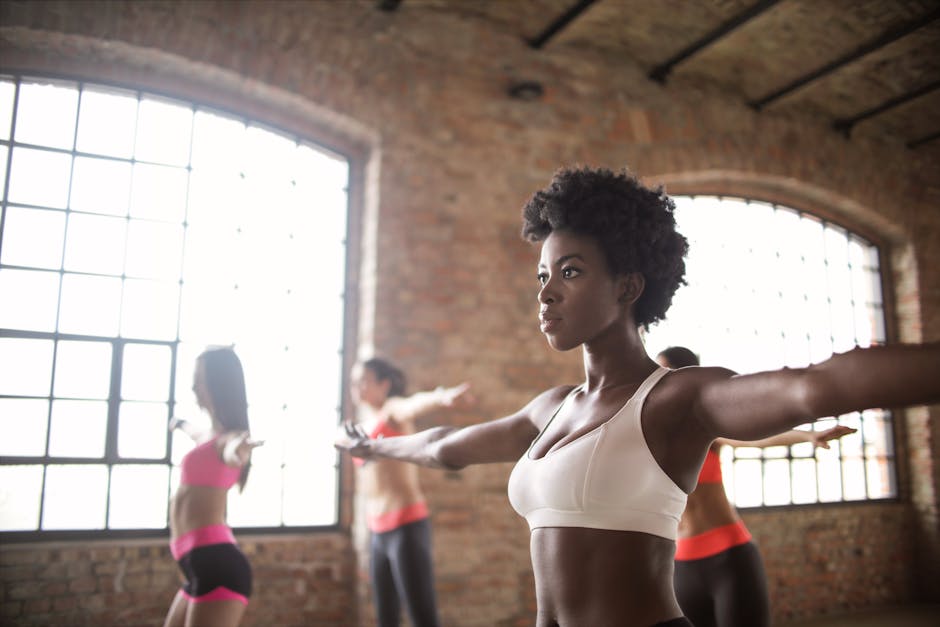Did you know that an estimated 80% of dog behavior issues stem from a lack of training and socialization? Understanding how to train your puppy to remain calm is not only essential for the pup’s wellbeing but also for creating a peaceful home. Let’s delve into the fascinating journey of puppy training and explore effective techniques to instill calmness in your furry friend.
The Historical Background of Puppy Training
Origins of Dog Training
The practice of dog training dates back thousands of years, with early humans recognizing the value of domesticated wolves. Initially, breeding focused on utility, such as hunting and guarding. Over time, as dogs became companions, the need for more sophisticated training methods arose. Ancient societies laid the groundwork, often utilizing rewards and social structures to teach dogs obedience, laying the foundation for modern training techniques.
The Evolution of Training Techniques
As society progressed, so did the understanding of canine behavior. The 20th century marked a significant shift with the introduction of behaviorism, emphasizing the role of reinforcement in training. Techniques evolved from dominant-based approaches to more positive reinforcement methods, fostering a calm and cooperative relationship between dogs and their owners. Today, this understanding continues to shape how we train our puppies to remain calm in various environments.
Current Trends and Statistics in Puppy Training
Popular Training Methods
Recent surveys indicate that positive reinforcement techniques have become the standard practice among dog owners and trainers. Methods involving treats, praise, and rewards not only promote a calm demeanor in puppies but also enhance the human-animal bond. Trends also show an increase in the use of calming aids, such as anxiety wraps and pheromone diffusers, which support training efforts and contribute to a more relaxed puppy.
Statistics on Behavioral Issues
A staggering 50% of dog owners reported facing behavioral issues with their pets, highlighting the crucial need for effective training. Among young dogs, anxiety and aggression are two of the most commonly reported concerns. Statistics show a correlation between early socialization and training and the reduction of such issues, emphasizing the importance of instilling calmness in puppies from a young age.
Practical Advice for Training Your Puppy to Stay Calm
Creating a Calm Environment
The first step to training your puppy to remain calm is to curate an environment that minimizes stressors. This includes providing a quiet space free from heavy foot traffic, loud noises, or chaotic family gatherings. Incorporate calming music or white noise to create a serene atmosphere. By establishing a safe haven, your puppy will learn to associate this space with relaxation and tranquility.
Consistent Training Techniques
Consistency is key when training your puppy. Start with basic commands such as “sit,” “stay,” and “down,” and use positive reinforcement to reward calm behavior. Gradually introduce distractions, rewarding your puppy for maintaining focus and composure. Incorporate relaxation exercises, such as “settle” or “mat training,” where the puppy learns to stay in a designated spot until released. Patience and dedication will yield significant progress.
Future Predictions and Innovations in Puppy Training
Technological Advancements
The future of puppy training is poised for innovative changes with the introduction of technology. Mobile applications designed to assist in training and behavioral tracking are on the rise. These apps can offer tailored training plans, reminders, and even progress reports based on age and breed, helping owners promote a calm demeanor through structured training schedules.
The Role of Virtual Training Resources
As online resources continue to grow, virtual training classes and live-streamed sessions with experts are gaining popularity. These platforms make it easier for pet owners to learn effective techniques to calm their puppies from the comfort of their homes. The expected rise in virtual consultations could make professional training more accessible, minimizing anxiety in both pets and their human companions.
Final Thoughts on Training Your PUPPY to Stay Calm
Training your puppy to stay calm is not only essential for their well-being but also fosters a harmonious relationship between you and your furry friend. By implementing consistent routines, socialization, and calming techniques, you can cultivate a peaceful environment. Remember, patience and positive reinforcement are key elements in this training journey.
Further Reading and Resources
1. **”The Power of Positive Dog Training” by Pat Miller** – This book outlines effective positive reinforcement strategies that can help calm your pup while fostering a strong bond between you and your dog. It’s an essential read for understanding the principles of peaceful training.
2. **”Don’t Shoot the Dog!” by Karen Pryor** – A classic in the realm of animal training, this book emphasizes the importance of positive reinforcement and offers practical techniques that are applicable for calming your puppy. It highlights the psychology of learning in an engaging way.
3. **Online Courses from Dog Training Platforms** – Websites like Udemy and Coursera offer online courses specifically geared towards puppy training and behavior management, which can provide you with valuable techniques to help your puppy remain calm in various situations.
4. **”The Dog Trainer’s Resource” by Jennifer Shryock** – A comprehensive checklist and resource guide for dog trainers and owners alike, this resource covers various calming techniques, including socialization and environmental enrichment tactics.
5. **The ASPCA’s Canine Behavior Resource Center** – The ASPCA provides a wealth of information on dog behavior, including articles and resources on stress-reduction techniques and best practices for enhancing your puppy’s tranquility, making it easier for you to implement what you learn.





